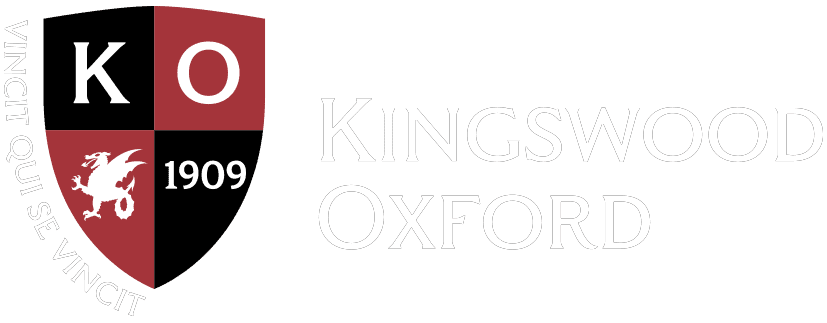January 29, 2019
YES…And
Joan Edwards, Director of Diversity, Inclusion and Cultural Competency
As a young person, I became well trained in making choices. From an early age, I can recall being asked to choose between “this” or “that” as I was guided to eat healthy foods, dress appropriately and choose friends wisely. This “either/or” way of thinking was echoed in school and in the world around me as I learned that a person can be moral or evil, a choice can be good or bad, and issues are either black or white. In my world of binary options, things seemed to make sense.
However, as I became more experienced in issues of equity and inclusion, I started to realize the limitations of this way of thinking. In working with young people, I began to see that this “either/or” approach to categorizing their behavior or thinking did not adequately reflect the full spectrum of how they learned, lived and loved.
Now that I am 30 years into my teaching practice and have benefited from training sessions, workshops and collaboration with equity thought leaders, I have begun to appreciate, embrace and practice what’s known as “both/and” thinking, an approach that more effectively responds to the experiences of young people. I have gradually grasped the power of this new way of making sense of the world around me. Most recently, the professional development work we have engaged in at KO has offered me a way to help other educators break out of the deeply-rooted binary system we have all absorbed.
The Equity Guidelines that RE-Center, the Hartford-based organization that conducted our equity work in 2018, powerfully and concisely captures this transition:
Practice “Both/And”Thinking Invites us to see that more than one reality or perspective can be true at the same time, rather than seeing reality as strictly either/or, right or wrong, good or bad, this or that. Using “both/and”thinking can be very helpful in reconciling differences and conflicts that do not present easy solutions.*
I have shifted . . .
-
from believing that issues of race and ethnicity are either black or white to understanding that they involve a wide diaspora of racial and ethnic experiences and viewpoints;
-
from believing that a problem is either good or bad to grasping that a problem can be difficult and an opportunity to think and learn about the issue differently;
-
from seeing people as either good or bad to benefitting from seeing them as perhaps both challenging to work with and as an opportunity for me to learn how to best comprehend the communication blocks in our relationships;
-
from viewing a person’s political view as either conservative or liberal to making the effort to ask questions in order to fully listen to the spectrum of ideas involved in their viewpoint. Once I get to know the person, I can agree with some elements of their philosophy and disagree with others;
-
from concluding that the professional development efforts to make our school equitable are either working or not working to realizing that there are both challenging struggles and joyful advances as we learn to be more fair and inclusive.
Breaking my habit of “either/or”thinking is still not easy and not always applicable to every situation, but it has provided me with opportunities to move forward rather than feeling loss and defeat. I have discovered that engaging in “both/and”thinking is an important cultural competency skill that continually needs to be practiced, tested, and refined as I pursue my mission of being a better educator. *Adapted from VISIONS, Inc. 2002 Copyright ©2017. RE·Center Race & Equity in Education. All rights reserved.
Thinkers
Blog Main News
